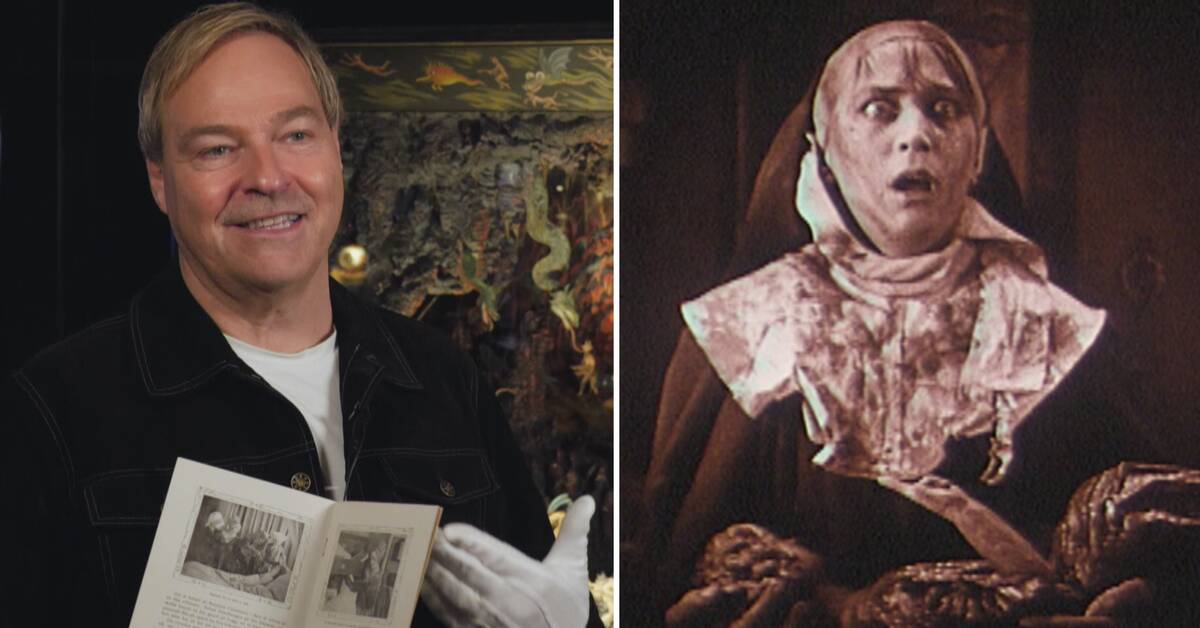"The witch" is described as a cultural history lecture in seven parts about witchcraft.
It's women making pacts with the devil, beer being brewed with severed fingers and witches cooking soup on babies.
- It shows a lot of compassion for the witch, while reveling in instruments of torture.
It is double on that set, the director really shows off the details in horrible close-ups, says Jan Göransson, press manager for the Swedish Film Institute.
Expensive and censored
The film became Danish-born director Benjamin Christensen's life's work.
For several years he studied paintings and depictions of witchcraft and witch trials.
In the film, he plays the Devil himself.
The Swedish film industry invested heavily and "The Witch" became the most expensive Scandinavian film to date.
The distributor bought a studio in Hellerup, Denmark, where Christensen was given free rein to shoot the film for two years.
But when it was shown on the big screen in September 1922, the Norwegian Cinema Agency had cut out some scenes.
- There are scenes where babies are boiled, where women kiss the devil on the rear and fingers are chopped off.
The recent torture scenes were not allowed to be seen, says Jan Göransson.
Audience flop
Despite Christensen and the Swedish Film Industry's big investment, the audience failed.
The movie was too difficult.
But a hundred years later, the film has gone down in history as a cult classic.
Much thanks to the advanced and historically accurate props.
The film includes, among other things, a mechanical model of hell that was built at the end of the 19th century.
- If I were to be invited to a Halloween party, there is no better source of inspiration than this film.
The masks are outstanding, says Jan Göransson.

